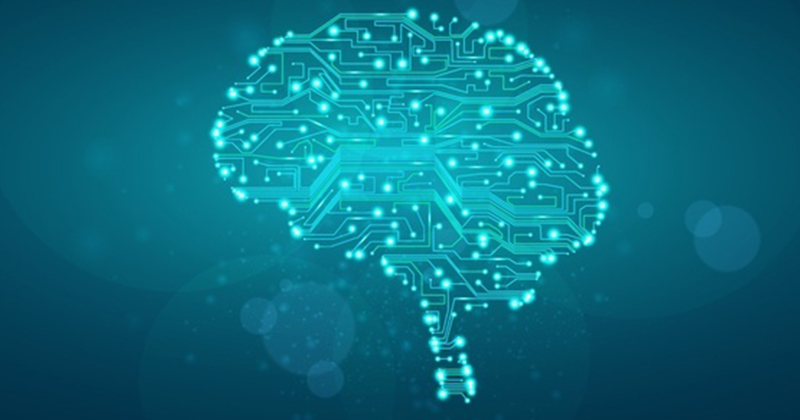
Big data era today demands novel technologies to effectively process massive datasets within endurable elapsed times. Tensor networks by providing exceptional possibilities for a concise representation of big data, break the curse of multi-dimensionality in data.
‘Multi-way arrays’ or simply tensor networks have always been a constant source of ‘tension’ in the mind where coefficient of confusion increases exponentially.
So, what is it? How is one supposed to understand physics, algorithms and experiments related to it?
Here’s the lowdown:
Tensor networks, in the simplest way, are mathematical objects that can represent multiple numbers at same time. However complex it may sound, it’ll be easier than rocket science.
Tensor networks are used as the powerful algorithms for the study of quantum systems in condensed matter physics. It’s a tool for understanding how to break down the wave function to store it efficiently in computer memory. Tensor networks have become an integral part in the field of physics and chemistry for a very long time now. It’s simply because of the applications it has.
For every company, executing quantum wave functions into the concept and strategies of machine learning has become imperative. However, according to a Harvard Report, the gap between supply and demand of data scientist will remain substantial.
In a recent research by Vixra, physicists believed that tensors can help them in solving the problem of unifying general relativity about quantum mechanics. In another leading report, tensor networks have proved that quantum entanglement is related to gravity!
With a field of study this widespread, it’s essential to boil down tensor networks to the context of machine learning.
Machine Learning and Tensor Networks—New Must-Know Innovations
Andrew Ng, leading chief scientist of Baidu, in one of his publications, mentioned the use of tensor networks to learn new facts from knowledge bases. Knowledge base is a technology used to store complex data produced by a computer- essentially a pool from which it can gather the “lessons” to learn. But, where it lacks is in identifying new entities and correlations between them. This is where tensor networks can assist them. Ng, along with other researchers recently came up with a neural tensor network model (NTN), wherein new entities could be predicted at the very onset based on representing every unit by a vector capable of storing facts to know the certainty of obtaining the same value again.
Researchers followed the data settings of WordNet to compare NTN model with two others (similarity model and Hadamard model) which had the same goal as theirs, giving inputs of 38,696 different entities and 11 relations further using 112,581 triplets for training, 2,609 for the development set and 10,544 for final testing. After comparing the models, they found that Neural Net obtains a ranking recall score of 20.9% while the similarity model and Hadamard model achieved 10.6% and 7.4% accuracy respectively.
The NTN model classified unknown entities and relationships in WordNet with an accuracy of 75.8%, making itself the most accurate model amongst the three.
In recent years, tensor networks have evolved as a powerful tool to study quantum collective phenomena. From representing a varied class of physical and algorithmic values to helping machine learning and deep learning, tensor networks have been very successful in almost every use case.
Machine learning is slowly creeping into all areas of data science, primarily because it focuses on the development of algorithms that enable computer programs to change when exposed to the new form of data. And every firm looking to reap benefits from big data wants their machines to learn to reduce the time of processing- and the only way to implement this requires a candidate with mastery in the field. A certification can add a surefire advantage in your resume by demonstrating your expertise in the field of big data analytics.
The development of tensor networks has started to deliver access to previously unavailable physical insights, especially in the context of machine learning and is believed to overtake conventional machine learning models in the coming years.
































